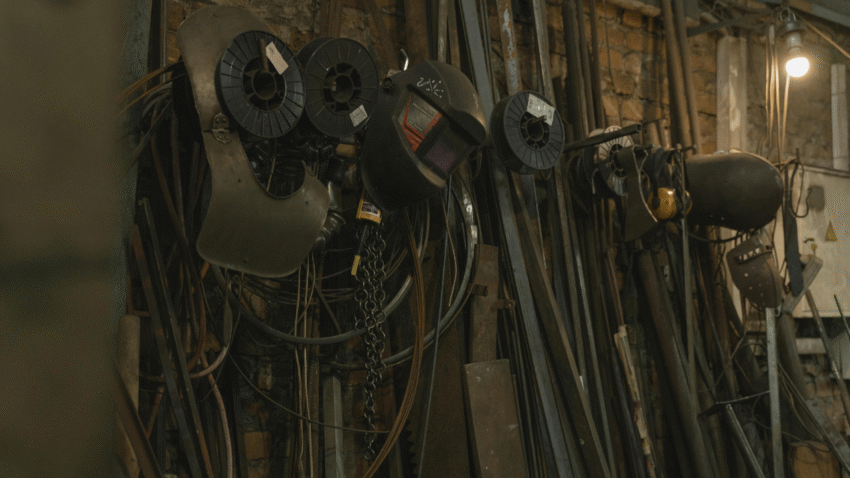Introduction
Finding rodents, insects, or spiders in your shed? Learning how to pest-proof your shed is essential to protect your tools, equipment, and stored items from damage. Pests can chew wires, nest in boxes, and leave behind messes that are difficult to clean. With a few preventive measures, you can keep your shed free from unwanted guests all year round.
Why Pest-Proofing Matters for Your Shed
Pests such as mice, rats, termites, and spiders can quickly turn a well-organized shed into a disaster zone. Rodents chew through wiring and wood, while insects can damage stored seeds, fabrics, and even the shed structure itself. Pest-proofing your shed not only protects your belongings but also prevents costly repairs and reduces the risk of health hazards from droppings and bacteria.
Step-by-Step Guide to Pest-Proof Your Shed
1. Seal All Gaps and Cracks
Inspect the entire shed for openings, including around doors, windows, vents, and the shed base. Seal gaps with caulk, expanding foam, or weatherstripping. Pay extra attention to spots where pests can squeeze through—even small holes can allow rodents inside.
2. Install Door Sweeps and Screens
Add door sweeps to block gaps under shed doors. Install mesh screens on windows and vents to keep insects out while maintaining airflow.
3. Remove Food and Attractants
Never store pet food, birdseed, or open garbage inside your shed. These items attract rodents and insects. Keep anything that could be eaten by pests in sealed, airtight containers.
4. Organize and Declutter
Pests love cluttered areas with hiding spots. Store tools on racks or hooks, and use sealed plastic bins instead of cardboard boxes. Keep the floor clear to make it harder for pests to nest.
5. Use Natural Repellents
Place peppermint oil cotton balls or cedar chips in corners to deter rodents and insects. You can also sprinkle diatomaceous earth around the shed perimeter to repel crawling insects.
6. Maintain the Shed Exterior
Trim back grass, weeds, and tree branches around the shed. Pests use overgrown vegetation as shelter and easy access to your shed. Keep firewood or compost piles away from the shed to avoid attracting rodents and insects.
7. Set Up Traps or Deterrents (Optional)
If you suspect existing pests, set up humane traps for rodents or sticky traps for insects. Ultrasonic pest deterrents can also be effective for ongoing prevention.
Common Mistakes to Avoid
- Mistake 1: Storing Food or Seed Bags
Solution: Always store anything edible in airtight containers or outside the shed. - Mistake 2: Leaving Gaps Unsealed
Solution: Even small cracks can let in mice or insects—seal everything thoroughly. - Mistake 3: Forgetting About Ventilation Screens
Solution: Install fine mesh screens to allow airflow without letting pests in. - Mistake 4: Ignoring the Shed Perimeter
Solution: Keep the area around the shed clear of tall grass, wood piles, and debris.
Extra Shed Tips & Hacks
- Regularly sweep and clean your shed to remove crumbs and nesting materials.
- Keep a small battery-operated light in the shed—rodents prefer dark spaces.
- For additional protection, check out our guide on how to seal gaps to keep pests out for step-by-step sealing tips.
Conclusion
Pest-proofing your shed is all about prevention—sealing entry points, removing attractants, and keeping the area tidy. With a few simple changes, you can enjoy a pest-free shed that keeps your tools and belongings safe year-round.
Bookmark this guide to protect your shed from unwanted pests and maintain a clean, functional space.
